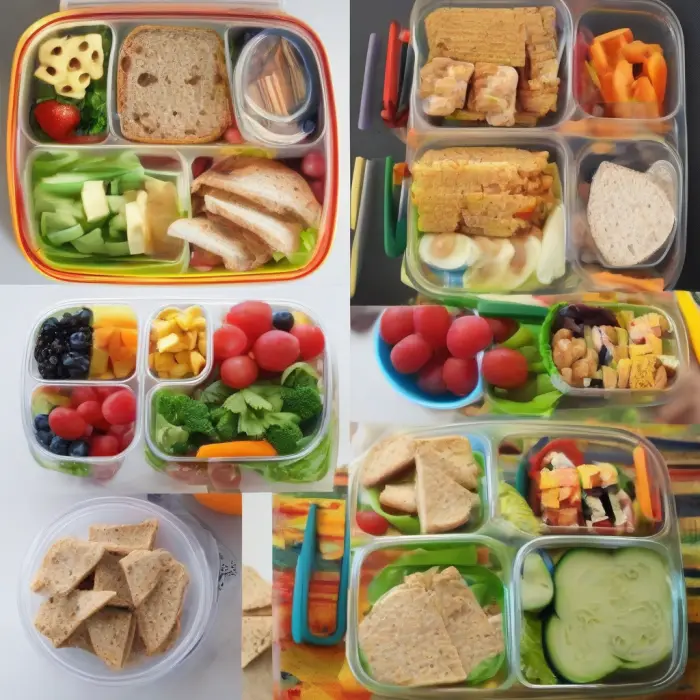Navigating Food Labels: Tips for Making Healthy Choices
Food labels can often seem like a foreign language, full of scientific terms and numbers that may be difficult to understand. However, learning how to navigate these labels is a crucial skill in making healthy decisions about your diet. Here are some tips that can help you decode these labels and make the best choices for your health.
Understand Serving Sizes
The first thing to know is serving size. This indicates how much of the product the nutrition information is based on. Keep in mind, though, this isn't necessarily how much you should eat. It's important to compare the serving size on the package to the amount you usually eat and adjust your intake accordingly.
Know Your Nutrients
Secondly, understanding the types of nutrients listed and their significance to your health is key. Labels include information on calories, total fat, saturated fat, trans fat, cholesterol, sodium, total carbohydrate, fiber, sugars, protein, and usually vitamin D, iron, calcium, and potassium. While all nutrients are important, certain ones should be limited, like saturated and trans fats, cholesterol, and sodium.
Interpret Percent Daily Values
The percent daily values on a label tell you how much one serving of a food contributes to your overall intake of nutrients for that day. For example, if a food has 20% DV for calcium, it means one serving provides 20% of the calcium you need in one day. Anything 5% or less is considered low in that nutrient and 20% or more is considered high.
Decoding Ingredients Lists
Ingredients are listed by quantity, starting with the item that makes up the largest portion of the product. Heavily processed foods will often have a long list of unfamiliar, hard-to-pronounce ingredients, many of which are chemical additives or processed sugar in various forms. Opt for food items with fewer, more recognizable ingredients.
Highlighting Sugars
Added sugars can come in many forms, like dextrose, fructose, honey, corn syrup, maltose, sucrose, etc. Limiting these kinds of added sugars can significantly improve your diet.
“Free†Claims
Terms like cholesterol-free, sugar-free, or fat-free can be deceptive as they don't mean the product is necessarily healthy. Often, you'll find these products contain substitutes, which may have their own health implications.
Organic and Non-GMO
'Organic' and 'Non-GMO' labels indicate the food was grown and processed according to the USDA guidelines, without genetically modified organisms. They can be a good choice, but remember they still don't ensure the product is low in sugar, sodium or fat. Always read the labels thoroughly.
Making informed choices about what you eat can have positive effects on your overall health and wellbeing. So, take some time while shopping to check, compare and understand food labels. It’s a small action now, but it’s a huge step towards a healthier lifestyle.










